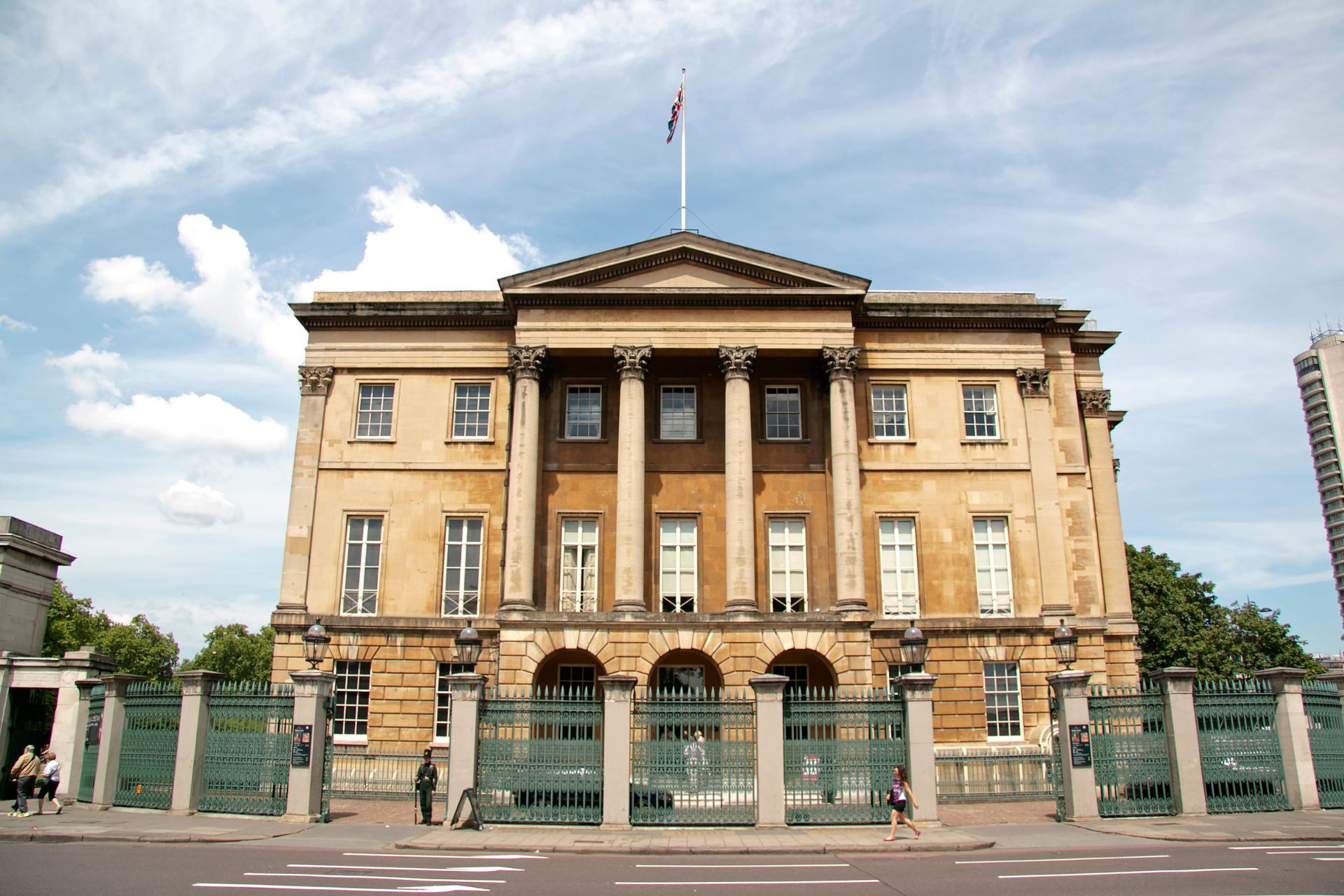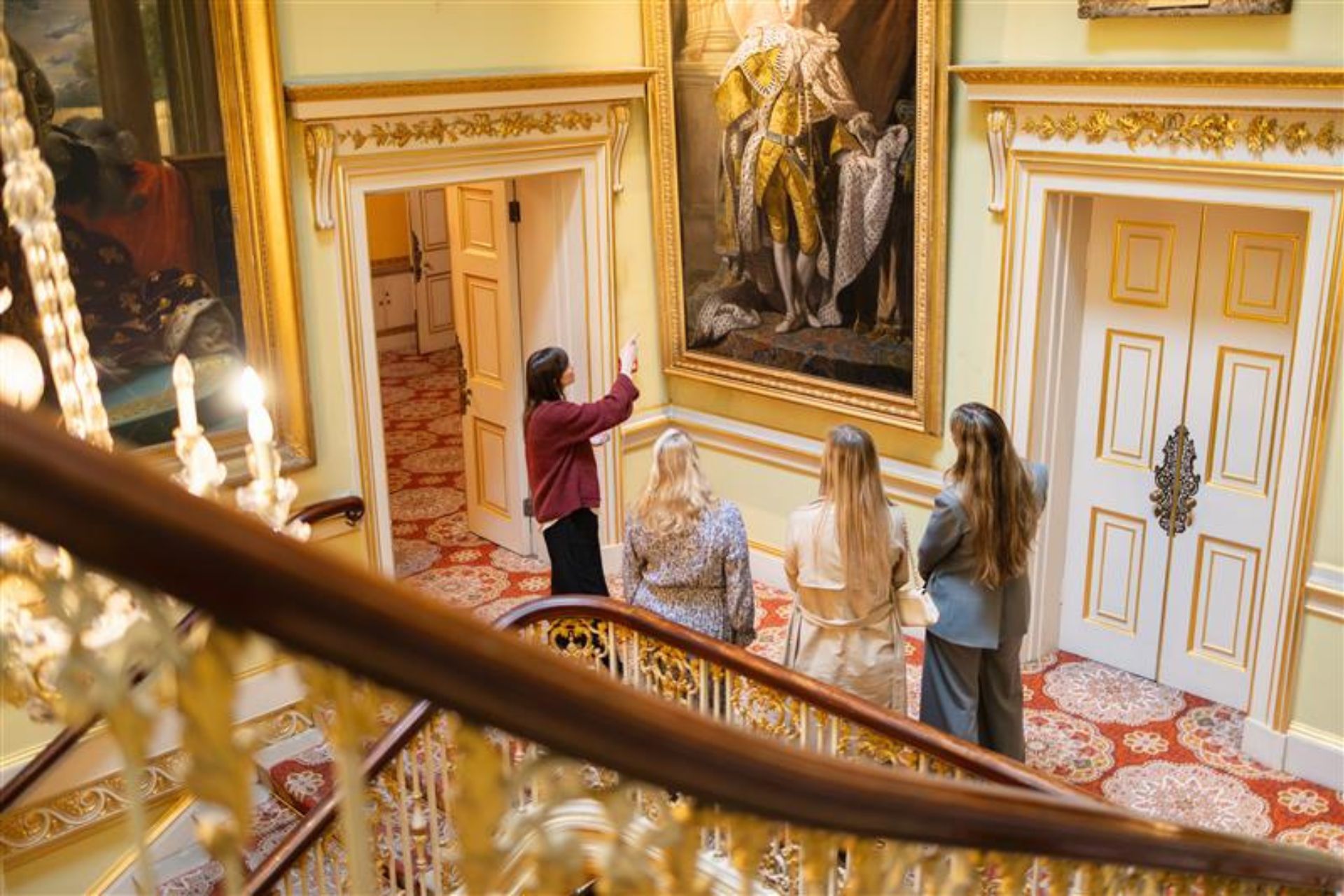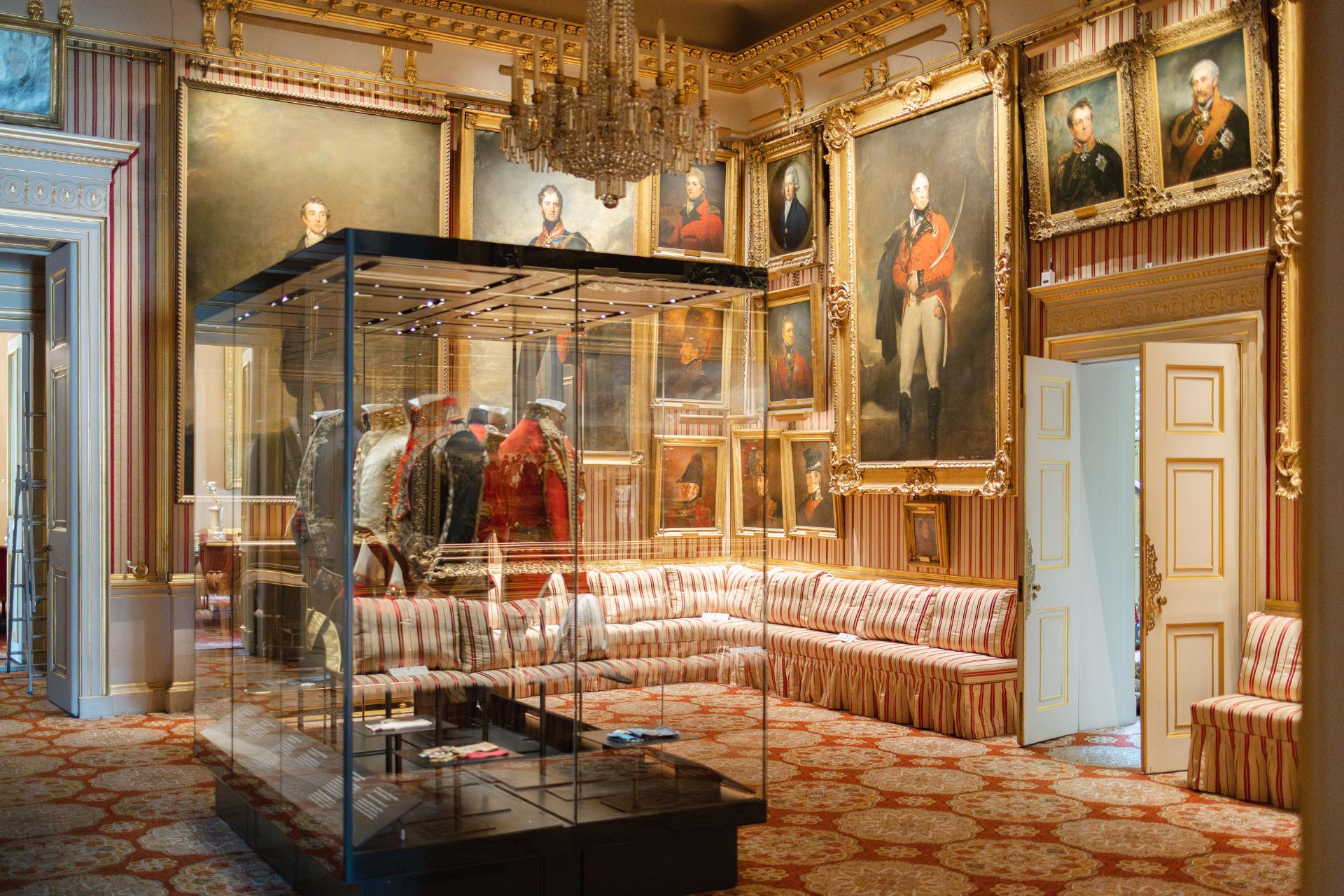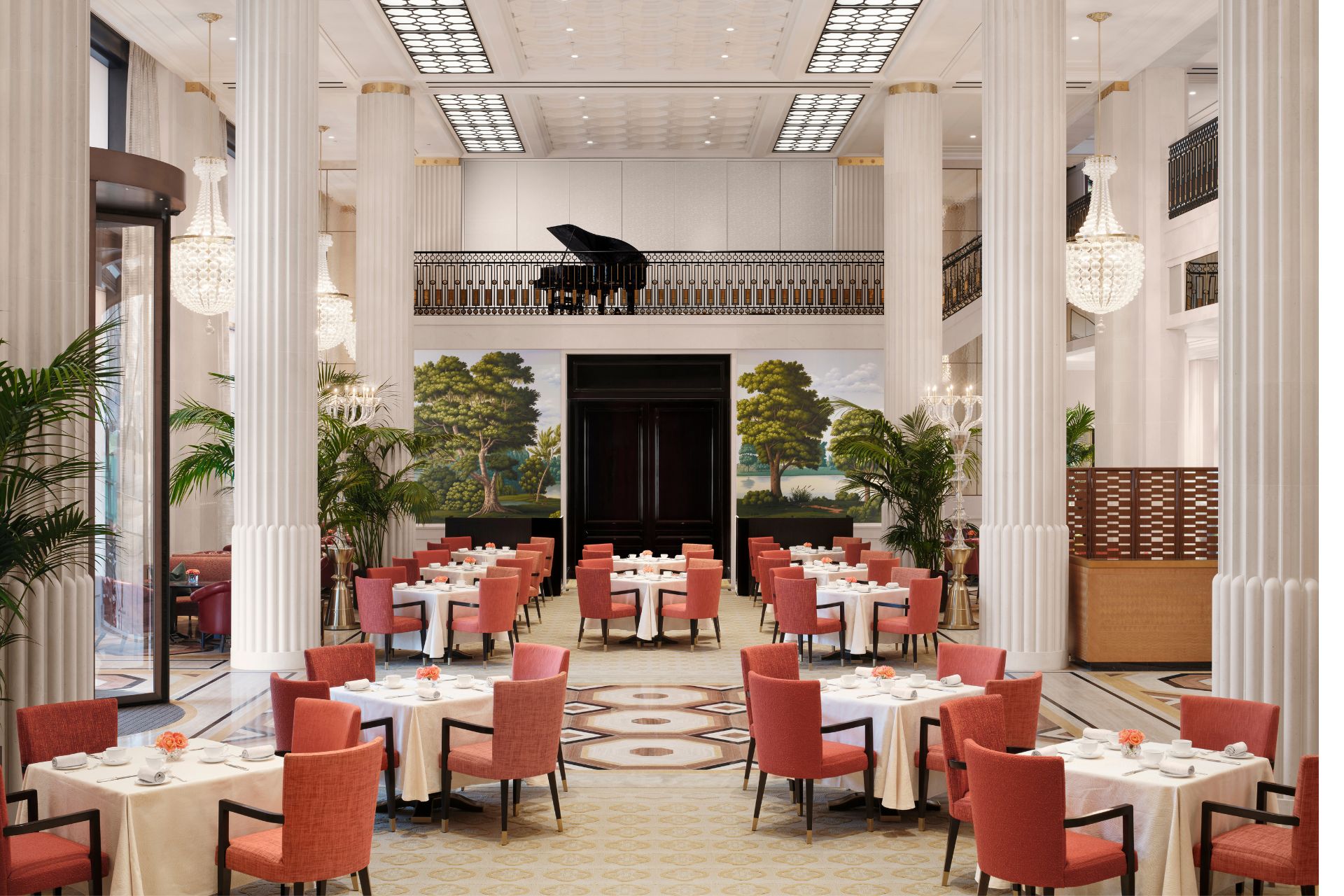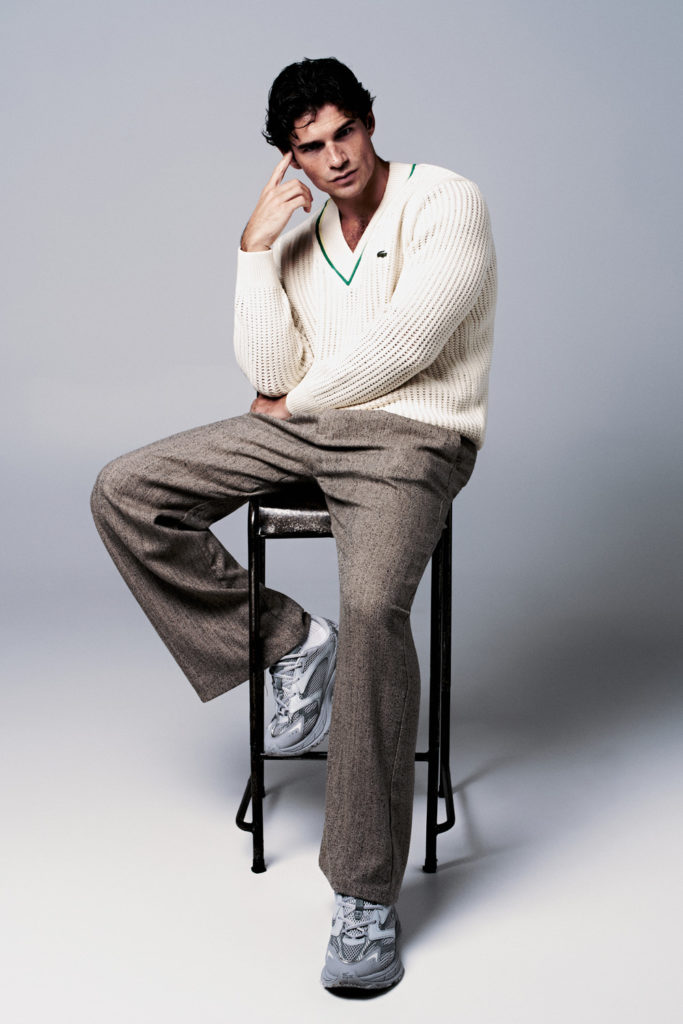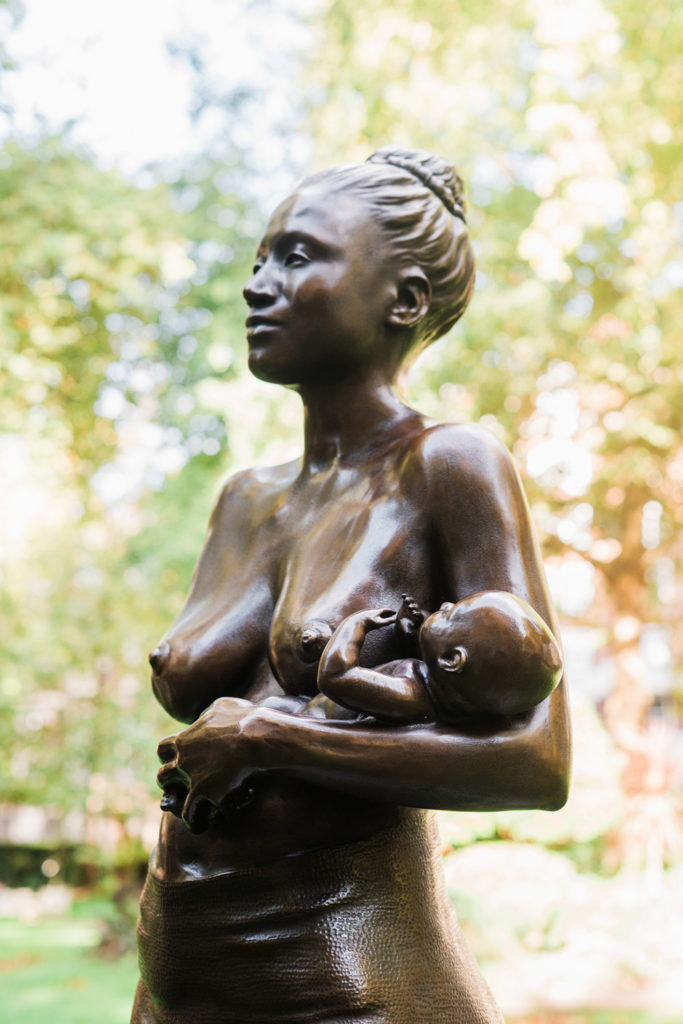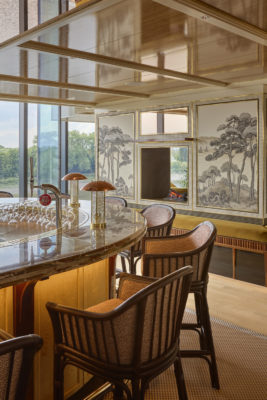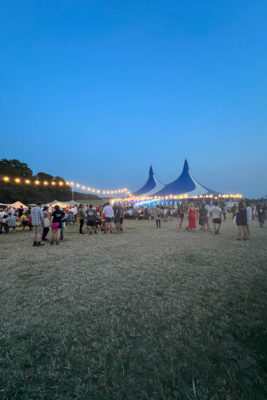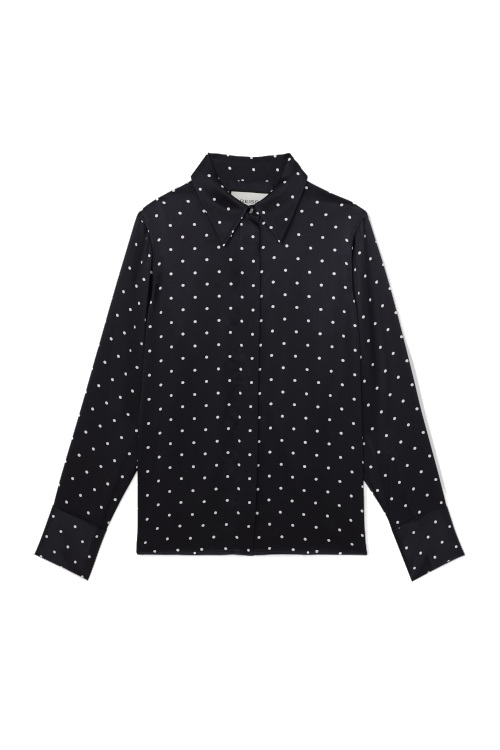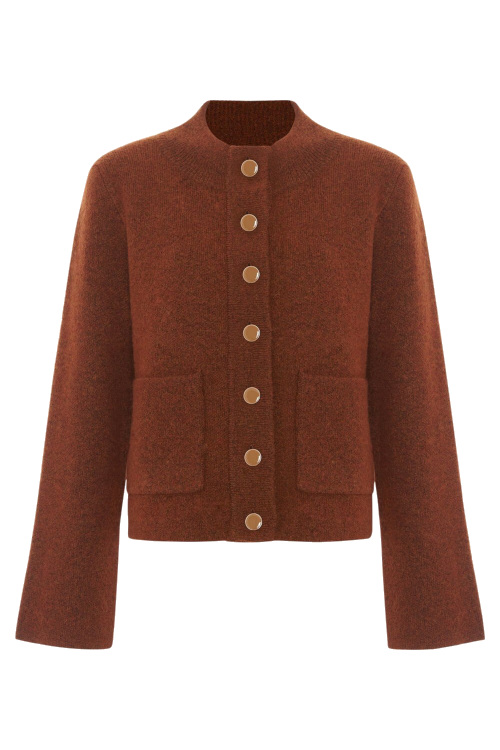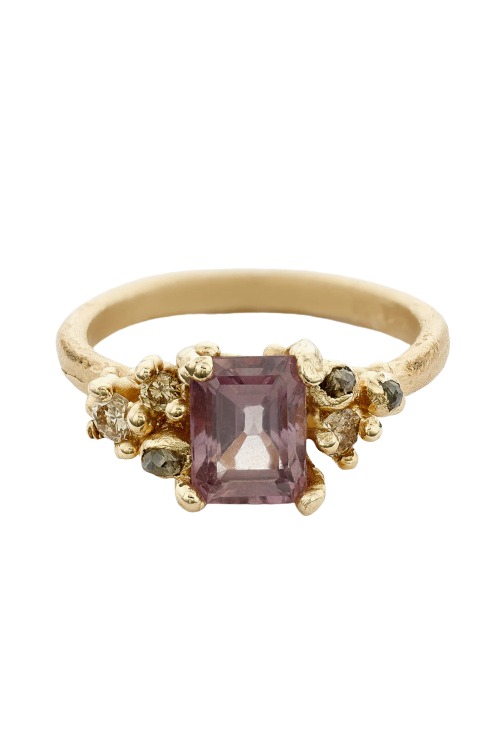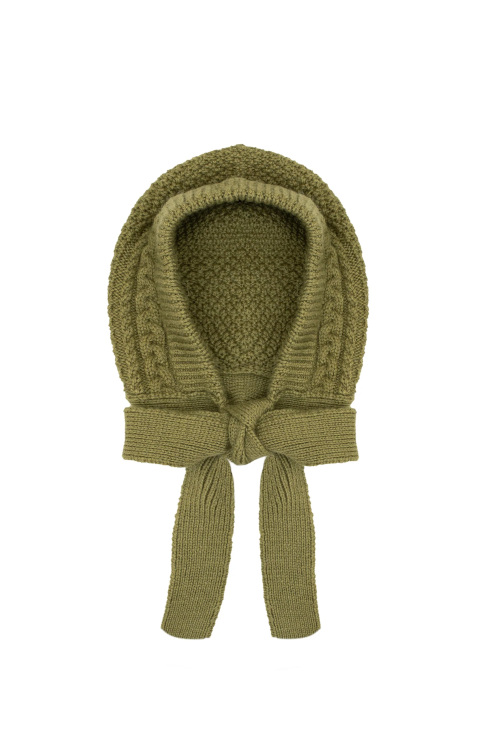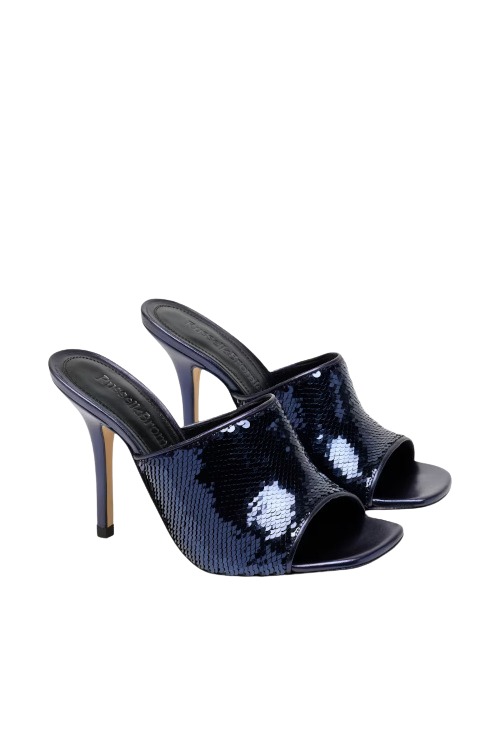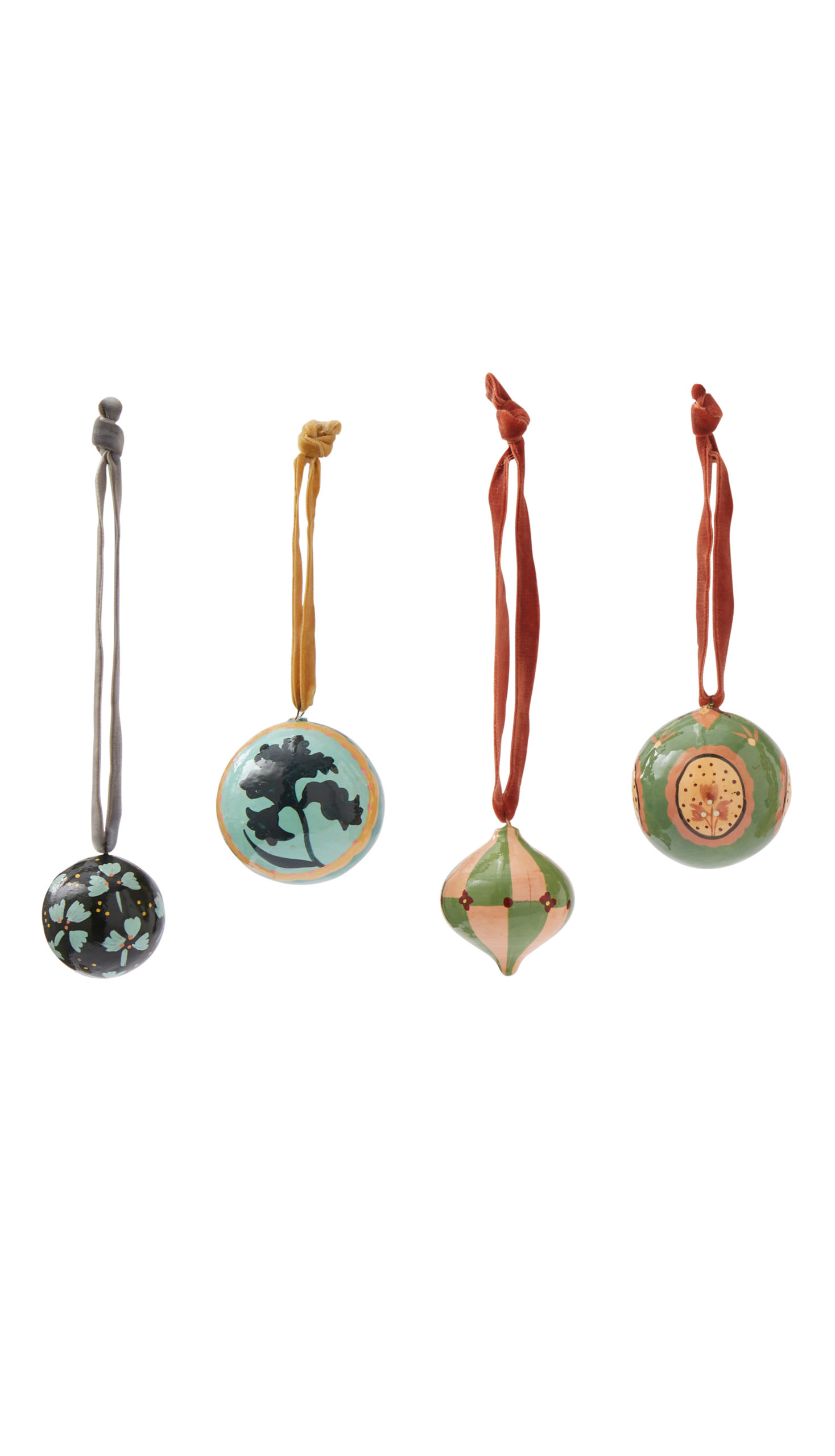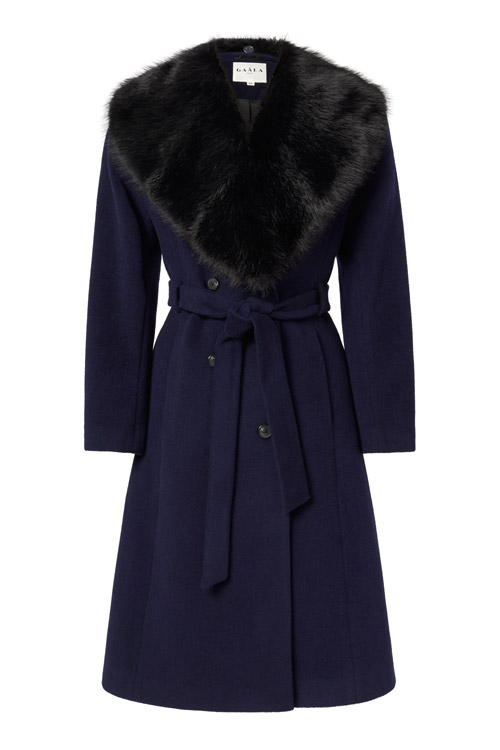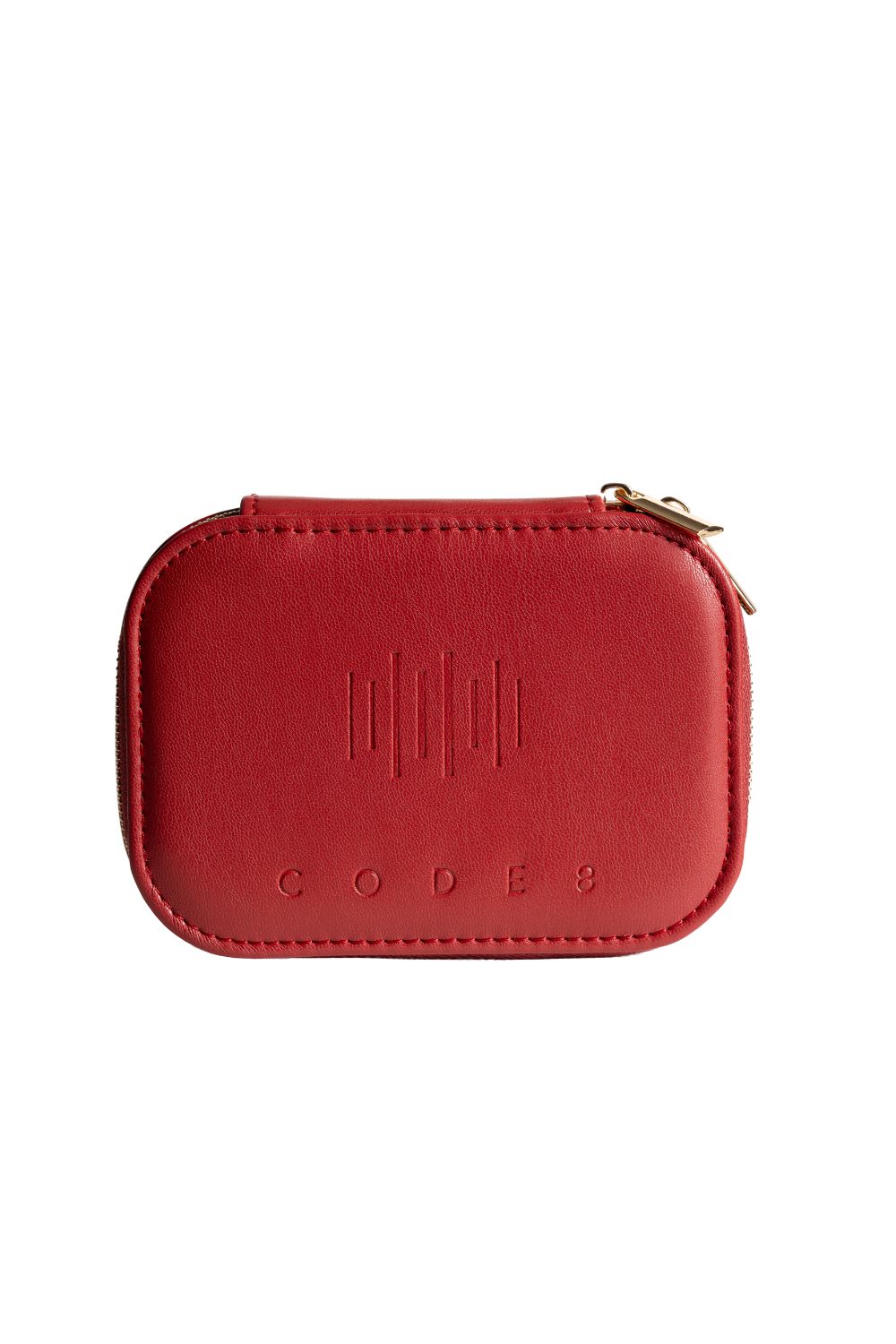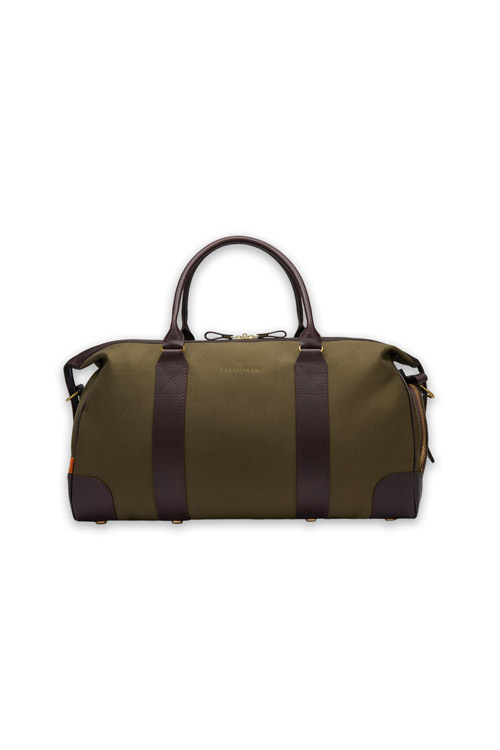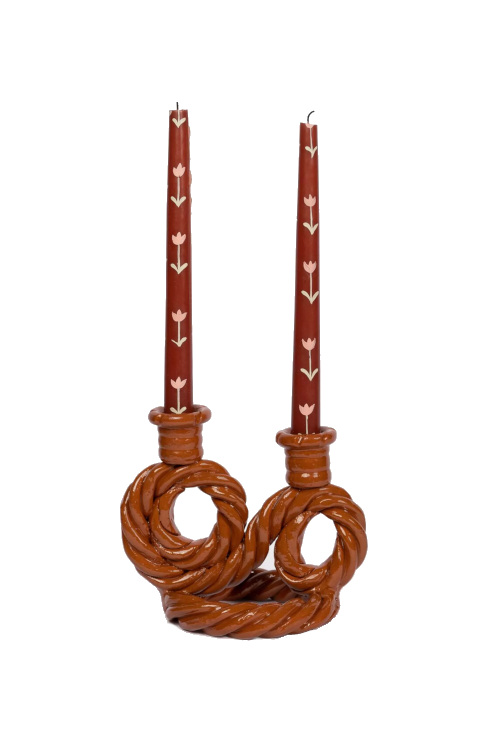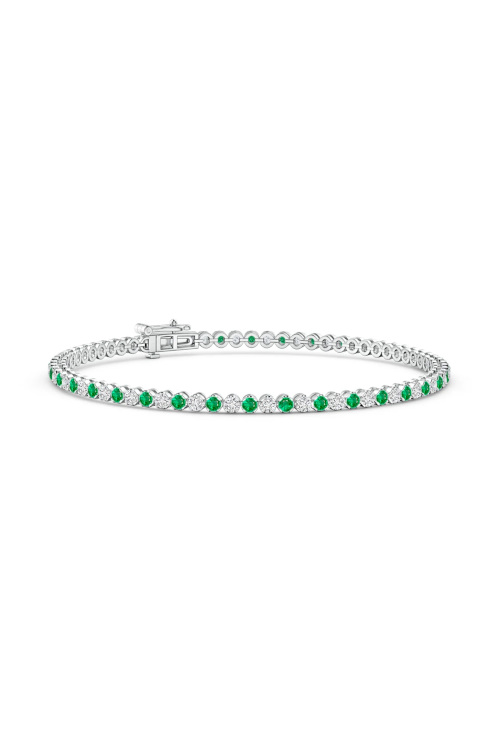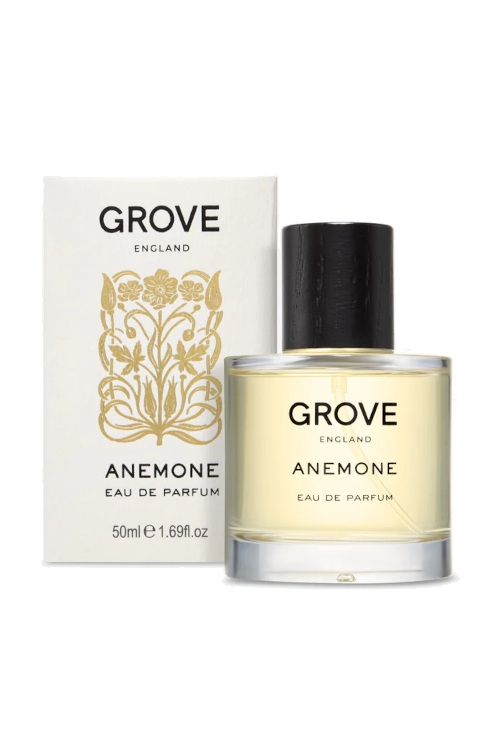
Is This Museum & Gallery One Of London’s Best-Kept Secrets?
By
6 months ago
Apsley House is a true hidden gem
Tucked on the south-east edge of Hyde Park Corner, Apsley House boasts one of the country’s most significant private collections of fine art, decorative objects and military artifacts. Guests at The Peninsula London can now enjoy exclusive, behind-the-scenes access to this veritable treasure trove, carefully amassed by its most famous resident, the 1st Duke of Wellington. Juliet Herd takes a look.
Inside A Behind-The-Scenes Tour Of Apsley House
Grandly known as Number One London, Apsley House is one of the capital’s most historic and prestigious addresses. It’s also one of its best kept secrets.
Overlooking busy Hyde Park Corner on the south-east edge of the park and facing the iconic Wellington Arch, the neoclassical Georgian mansion cuts an imposing, if rather solitary figure.
Right in the heart of London, it earnt the ‘Number One’ nickname (its postal address is 149 Piccadilly) because it was the first house country bumpkins would encounter after passing through turnpike tollgates at the north end of Piccadilly. Despite the property’s prominent position, it remains something of a hidden gem.
Built by architect Robert Adam in the 1770s for Baron Apsley, it was most famously the home of Arthur Wellesley, the first Duke of Wellington, celebrated for his defeat of Napoleon at the Battle of Waterloo in 1815, which ended the long-running Napoleonic wars. Today, it is the London residence of the 9th Duke of Wellington, 79-year-old Charles Wellesley, and his family.
While half the ancestral house remains private, the ground and first floors are open to the public as a museum and art gallery. Run by English Heritage, the rooms showcase a veritable treasure trove of artwork, military costumes and other memorabilia that once belonged to the 1st Duke, including, rather macabrely, his dentures made from the teeth of soldiers killed at Waterloo. They were popularly known as ‘Waterloo teeth’.
Now, as part of a special partnership between Apsley House and its close neighbour The Peninsula London, visitors have the chance to go on a behind-the-scenes tour and view rare objects from the collection not usually on display, including the Duke’s slippers and Napoleon’s death mask. The guided tour is the latest addition to the hotel’s successful Peninsula Academy programme, which offers guests exclusive access to some of London’s most significant cultural and historic locations and heritage brands – followed by a seasonal afternoon tea.
‘You’d think that a collection like this would be really well known but there are still so many things to find out about the Duke of Wellington,’ says Keeper of the Wellington Collection, Olivia Fryman, who leads the bespoke tour. ‘This gives you a taste of the history of one of London’s most aristocratic townhouses. It is also one of the few that survived the war and which is still occupied by the [same] family – as well as being open to the public.’
The first thing that strikes you on entering Apsley House, straight off the gridlocked roundabout, is how eerily quiet it is. ‘It’s definitely not triple-glazed,’ jokes Olivia. Traffic noise appears to stop at the front door, with the preternatural silence of this stately building adding to the impression that you’ve stepped back in time. Indeed, little has changed since the days when the 1st Duke would entertain his all-male guest list in the opulent Louis XIV-style Waterloo Gallery on the anniversary of the great battle. Situated on the first floor with views of the park, the vast gallery displays some 70-odd paintings from the Spanish royal family, gifted to Wellington after his men recovered the stolen artworks in Napoleon’s brother Joseph Bonaparte’s baggage train in 1813.
‘This is where he hung the cream of his collection,’ says Olivia, taking us past a patchwork of priceless paintings, including works by Velázquez, Correggio, Rubens, Van Dyck, Titian, Breughel and Murillo.
What is remarkable is that many of these treasures remain on show in the rooms in which they were originally placed by the discerning Duke. ‘Later dukes didn’t change much; it’s still very much the house he created,’ reveals Olivia.
She whisks us through the Piccadilly drawing room, housing an exhibition of Dutch masterpieces by the likes of Nicolaes Maes, Pieter de Hooch and Jan Steen, depicting bawdy domestic scenes and representing prevailing anti-French sentiment in the 17th century. In the yellow drawing room, directly off the Waterloo Gallery, there’s a Titian hanging casually over a sofa. Featuring the mythological princess Danaë being seduced by Jupiter in a shower of gold, it was originally attributed to later followers of the Venetian artist but has since been revealed to be by the 16th century maestro himself.
‘It was painted for Philip II of Spain and is now considered more important than the one [of Danaë and the Shower of Gold] in the Prado Museum in Madrid,’ says Olivia, adding that the painting is on loan to English Heritage from the Wellington family.
Although there is a dazzling display of previously unseen ducal dress uniforms in the Red Striped drawing room, the war hero preferred to wear civilian clothes on the battlefield. ‘He wore a plain jacket and trousers for reasons of practicality and comfort and also for camouflage,’ says Olivia, adding that his civvies probably made him stand out more in a sea of cavalry red. ‘He was always immaculately dressed.’
An exhibition of his Savile Row outfits – carefully preserved and stored at the family’s Hampshire estate, Stratfield Saye House – will open at Apsley House next April.
Feted by the British public and considered the nation’s most famous personage after the royals in the 19th century, having fought in wars spanning more than 20 years and risen to the rank of Field Marshal, the so-called Iron Duke was ‘not one to blow his own trumpet’, according to Olivia. ‘He did not go in for excess or show and slept on a camp bed for the rest of his life.’
Small and slender in stature, he was ‘quite disinterested in food’ and would take only a crust of bread and hard-boiled egg when out for a day’s riding.
There are plentiful portraits of the in-demand Duke posing in his military splendour throughout the house – a chore he bore but found tedious. ‘He preferred artists who could deliver in double quick time,’ says Olivia wryly.
Rather more surprisingly, there are also countless references to his French foe Napoleon, including a colossal, nude marble sculpture of the diminutive emperor in the main stairwell. Commissioned by the self-styled monarch and rather ironically titled Napoleon as Mars the Peacemaker, it was gifted to Wellington after being bought by the British government in the wake of Waterloo. The floor underneath the statue had to be reinforced with a brick pillar to support its 13-tonne weight.
‘It’s the only thing in the house that has never been moved,’ says Olivia of the Antonio Canova statue. ‘We don’t know what the 1st Duke thought of it, but it may have [created] a bit of enjoyment as Napoleon is holding the Winged Figure of Victory in his right hand. It was used as a coat stand.’
She now brings us to the exclusive ‘show and tell’ part of the tour as we’re led to a basement storeroom, where all manner of curious objects is kept in labelled Tupperware boxes (for the bespoke tour, these will be laid out in one of the galleries). As Olivia unfolds a rare, painted plaster copy of Napoleon’s death mask from its nest of tissue paper, she explains that it was created as a direct impression of his face after his death in 1821. He looks perfectly serene, if a bit green and waxy.
In another box, there are lockets of Wellington’s hair, which he would gift to people as mementoes. In a ‘box of bling’ brought out for our delectation, lies his magnificent and rather heavy Most Noble Order of the Garter collar, worn at royal coronations, including that of King George IV. Made of solid gold, it is composed of gold heraldic knots alternating with enamelled medallions and represents the highest order of chivalry in the United Kingdom.
Our tour at an end, we head hungrily across the road to The Peninsula London for an indulgent afternoon tea in the light-filled main dining space, The Lobby, the design of which was inspired by Apsley House, featuring triple-heigh ceilings, a marble floor, hand-painted murals and extravagant chandeliers. Delightedly, we note that the geometric glass ceiling panels pay homage to the ones in the Waterloo Gallery, designed by architect Benjamin Dean Wyatt to allow natural light to flood the space.
Created by executive chef Saravanan Palanipandichamy, the menu features a mini-Beef Wellington (satisfyingly, this is the only place in London where you can eat the famous dish in view of the Wellington Arch), followed by a selection of delicious sandwiches, obligatory scones and pretty, pastel-coloured pastries. The abstemious Duke may even have been tempted…
The Peninsula’s Discover Apsley House from £2,262 for a group of 1-10. peninsula.com

